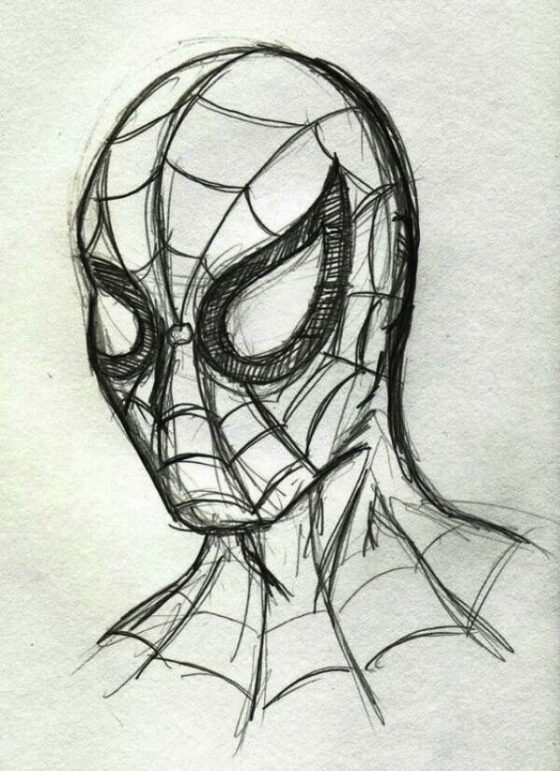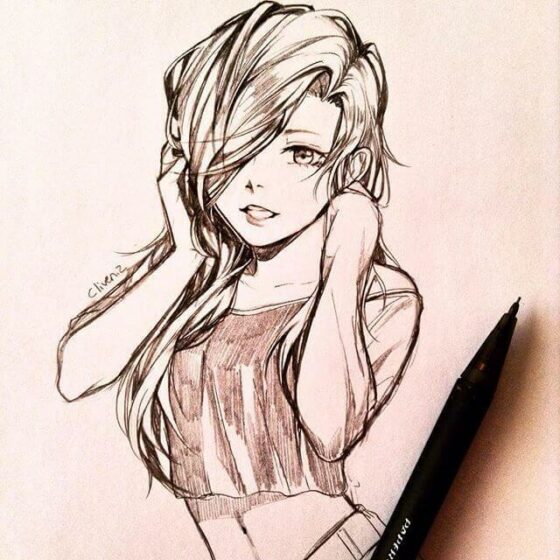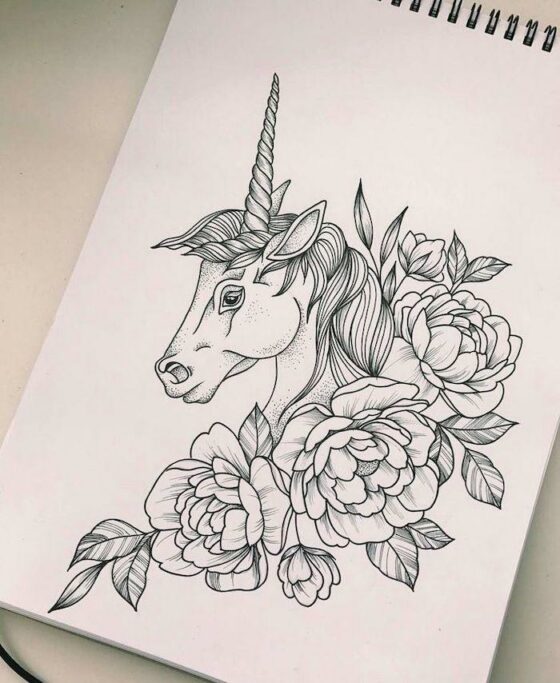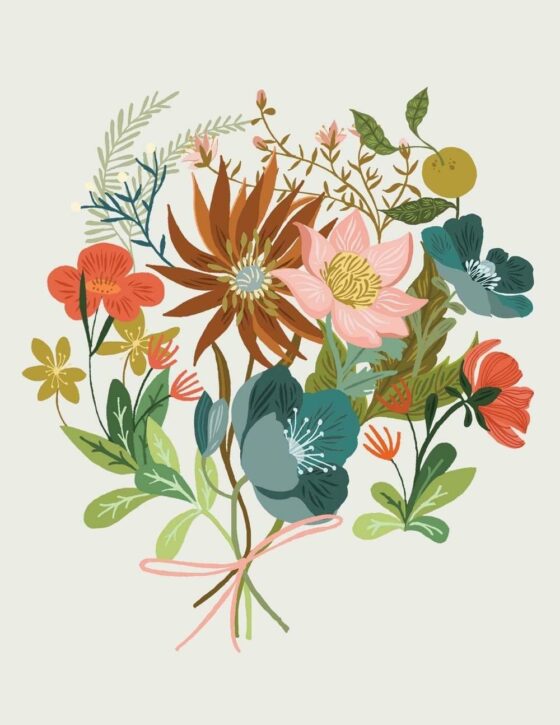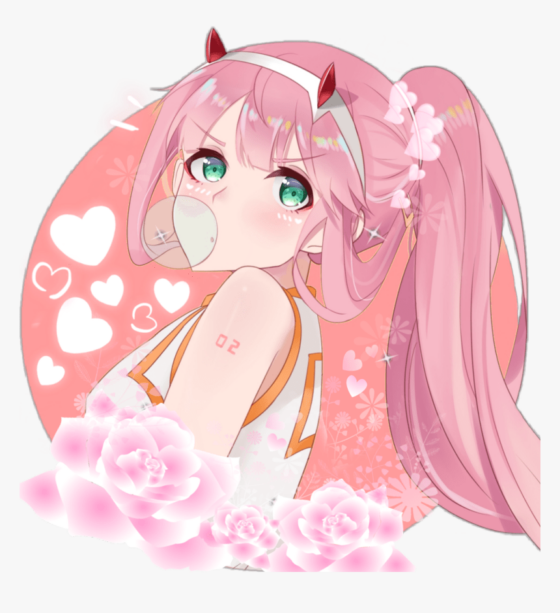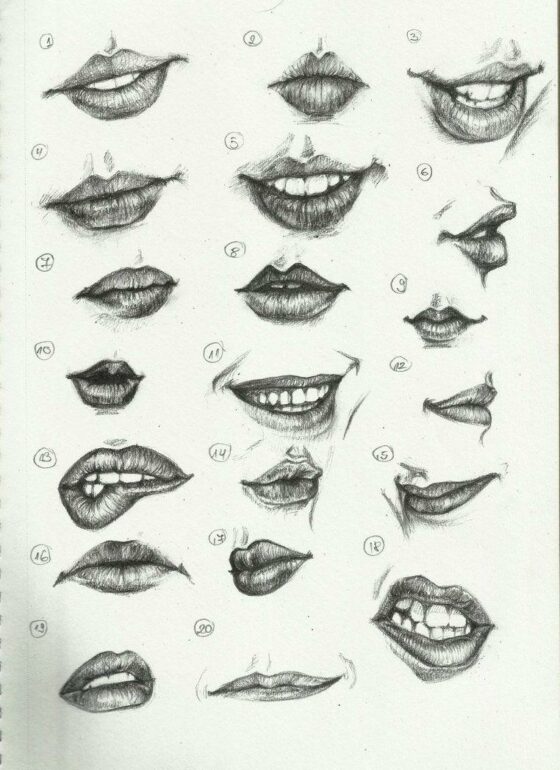Have you ever seen a drawing on the wall of a building, a sidewalk, in the subway, or a train station that caught your attention? Graffiti drawings have been a means of storytelling for many decades. Despite being tagged as a form of vandalism, graffiti drawing has developed over the years into a more accepted form of art now displayed in museums, art exhibits, and public places.
Graffiti expresses social, political, creative, and aesthetic values putting them into light, posing an intimate and outward form of artistic expression. Is Graffiti a form of art? Cultivated an interest in knowing more about the significance of graffiti drawings in society? Developed a liking for the intricate art of Graffiti? In that case, keep reading and get enlightened on Graffiti as a unique form of art. See Graffiti beyond the lens of vandalism.
What is Graffiti?
It is impossible to pin Graffiti down to a definition as it is vast, distinct, and comes in different styles. Art spreads its branches into different dimensions and areas of life, including Graffiti. Despite being referred to as vandalism, it is hard to dismiss its beauty and ability to create a colorful and beautiful atmosphere and as a mirror reflecting lives, both ours and the ignored. It poses an Illumination effect by putting in the spotlight things of people lurking in the shadows, making them visible again, making them more appreciated.
Graffiti has evolved over time, upgrading from its mere form of commemorating past victories of hunters and soldiers, leaving a mark of their presence during the Second World War. It now signifies more than leaving a mark and asserting one’s existence in a particular place during a particular time.
Graffiti drawings encompass way more than the street arts seen a couple of times in different locations, subways, apartments, and streets. It is a form of artistic expression, a way of life. Graffiti has proceeded from being associated with gangs and their needed territories.
Forms of graffiti drawings
- Stencils: The use of stencils for Graffiti involves a drawing or artwork drawn out into paper; the paper is then attached to the wall with tape and sprayed. It is easier, time-efficient, and can be re-useable.
- Wheatpaste posters: the use of wheat paste is considered as it simplifies graffiti drawing as preparations are made at home, and it takes less time to avoid apprehension.
- Sculpture street art intervention: they are usually installed in public places.
- Reverse Graffiti: involves the removal of dirt or paint from a surface to create an artistic piece of work.
Significance of graffiti drawings
- Freedom of expression is a core tenet of human rights. Graffiti drawings aid in encouraging individuality. A voice is given to people in the form of a blank canvas, a wall, and words in the form of drawings are spoken, messages are passed on, and thoughts are shared.
- Graffiti involves the contribution to the aesthetic state of an environment. The beauty of an environment, in turn, triggers a financial effect that aids in job generation.
- Graffiti mostly has cultural imparts as they contribute to all forms of expression, political as well as social, and messages are passed on about social injustice, mass killings, and embezzlement of funds. People took to the streets in the black lives matters protest during the corona pandemic in 2020. The protest soon ended, but the Graffiti left behind a reminder of what occurred.
Reasons for negativity towards Graffiti
- Graffiti is viewed as a social illness. It is condemned in many places despite the significance it poses. Graffiti is said to be a form of destruction of private and public property, as drawing on a building is considered improper as far as the individual does not own it. It is perceived as more of destruction than beautification.
- Graffiti is also condemned as it is said to promote confusion and uneasiness in the minds of citizens. The form of expression is said to create mixed feelings in the society as some may disagree and others agree with the messages being communicated.
- Graffiti is also seen as a means of environmental pollution. The volatile organic compound in the graffiti paintings is said to deplete the ozone layer and contribute to global warming.
Graffiti paintings with powerful effects and messages
Graffiti drawings transform a wall into an eye-catching exhibition, passing on messages that deal with the culture expressing thoughts, artistically creating awareness, and battling social ills. Below are various Graffiti passing on powerful messages:
Graffiti trees brighten up the environment and bring the beauty of trees to the surface.
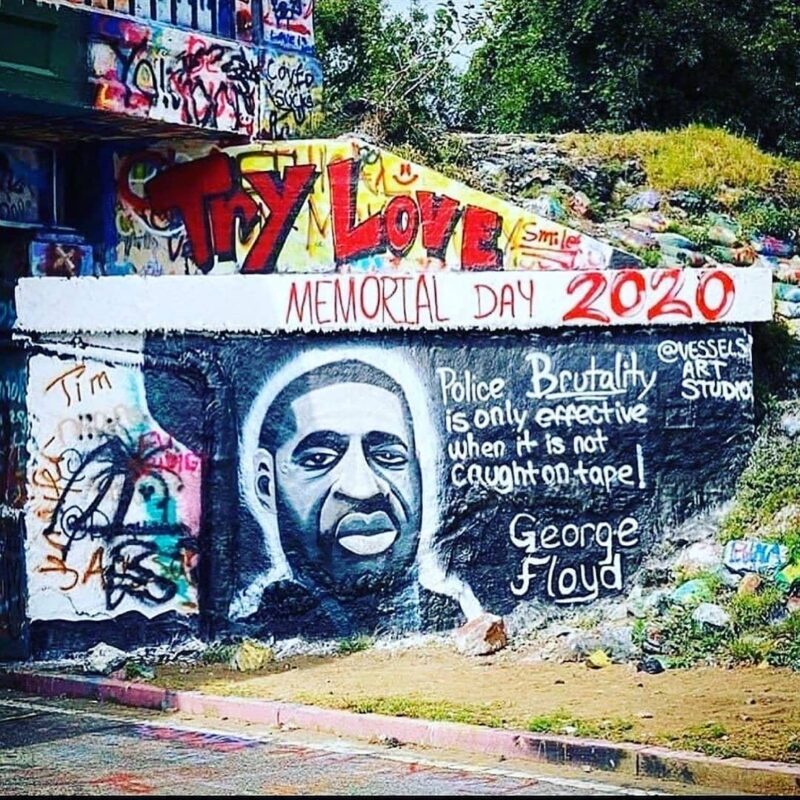
Graffiti drawing highlighting the social ills of racism during the protest in corona pandemic.
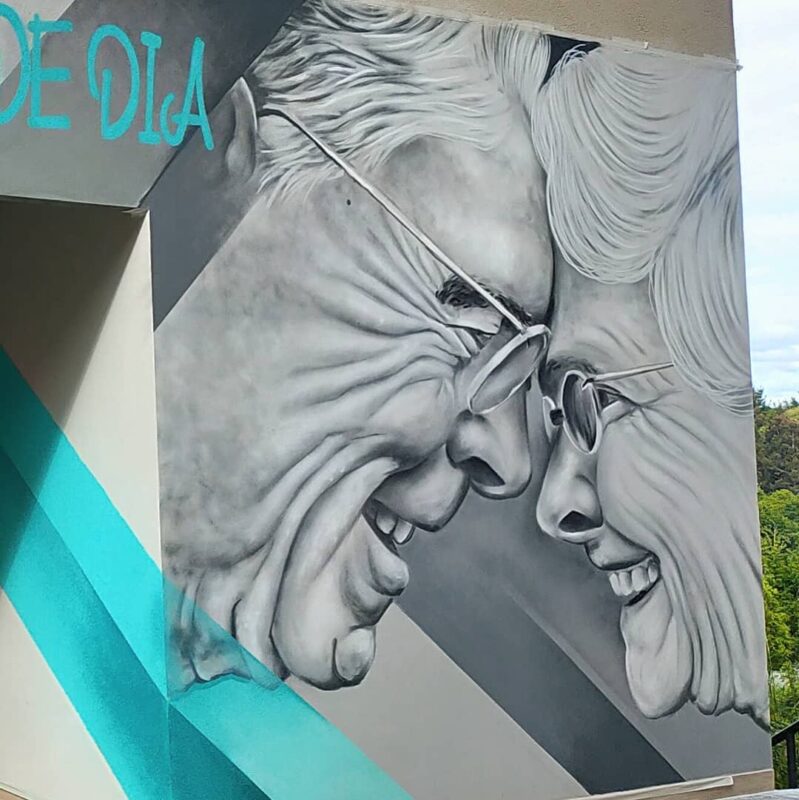
Graffiti paying tribute to the elderly.
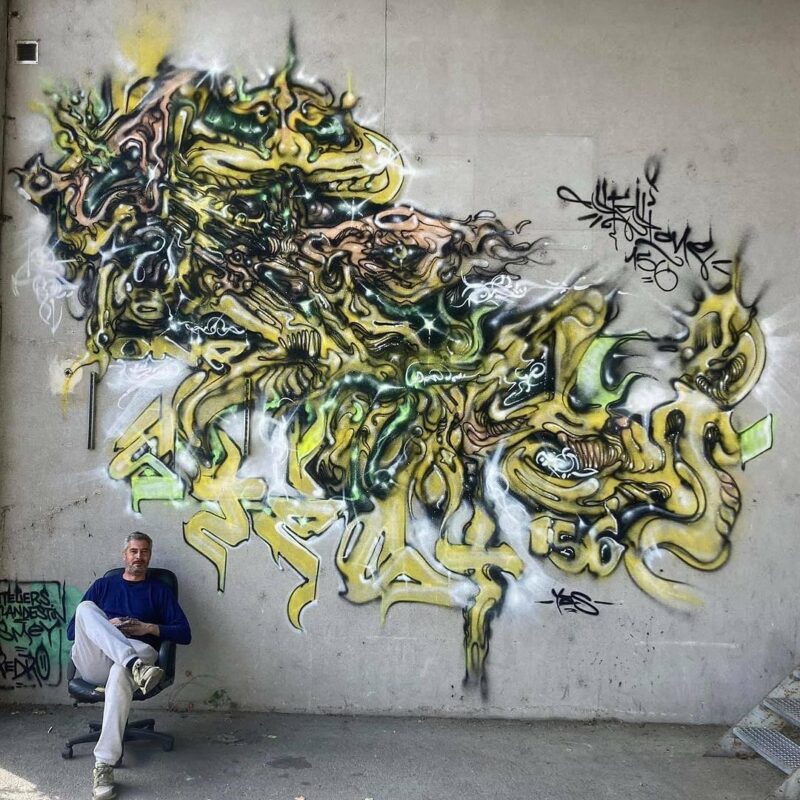
An artistic graffiti brightening up the environment.
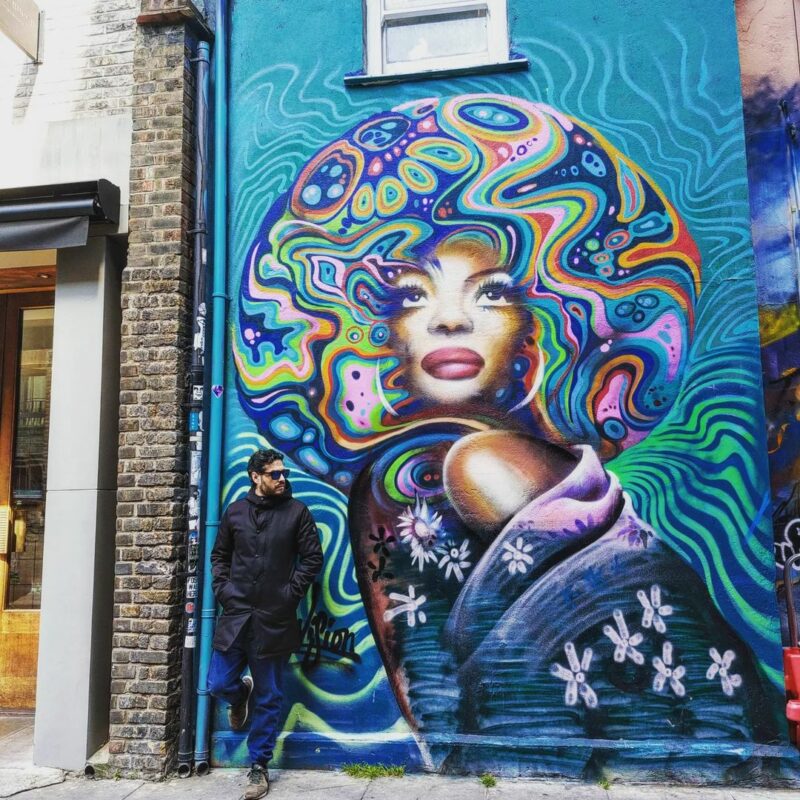
Graffiti drawing of a woman making the surroundings look beautiful.
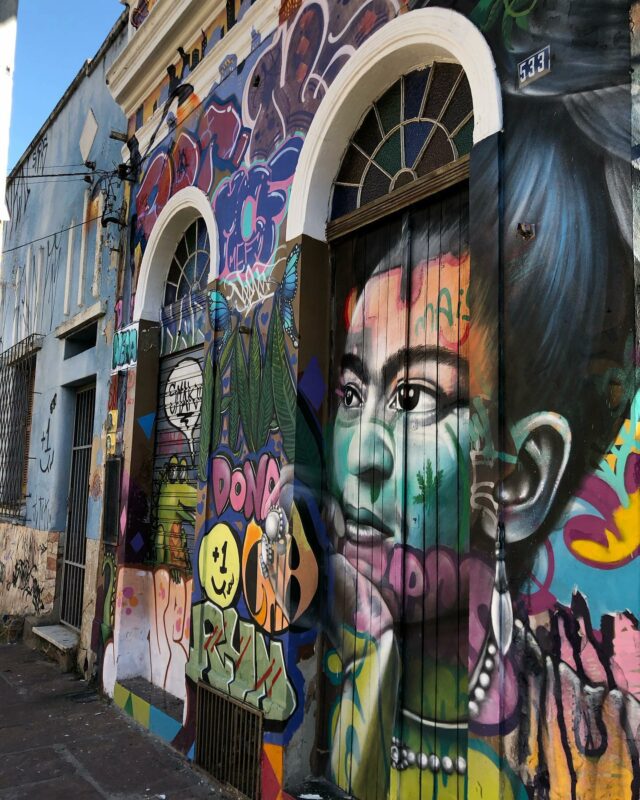
Graffiti exposes various forms of beautiful strokes of colors.
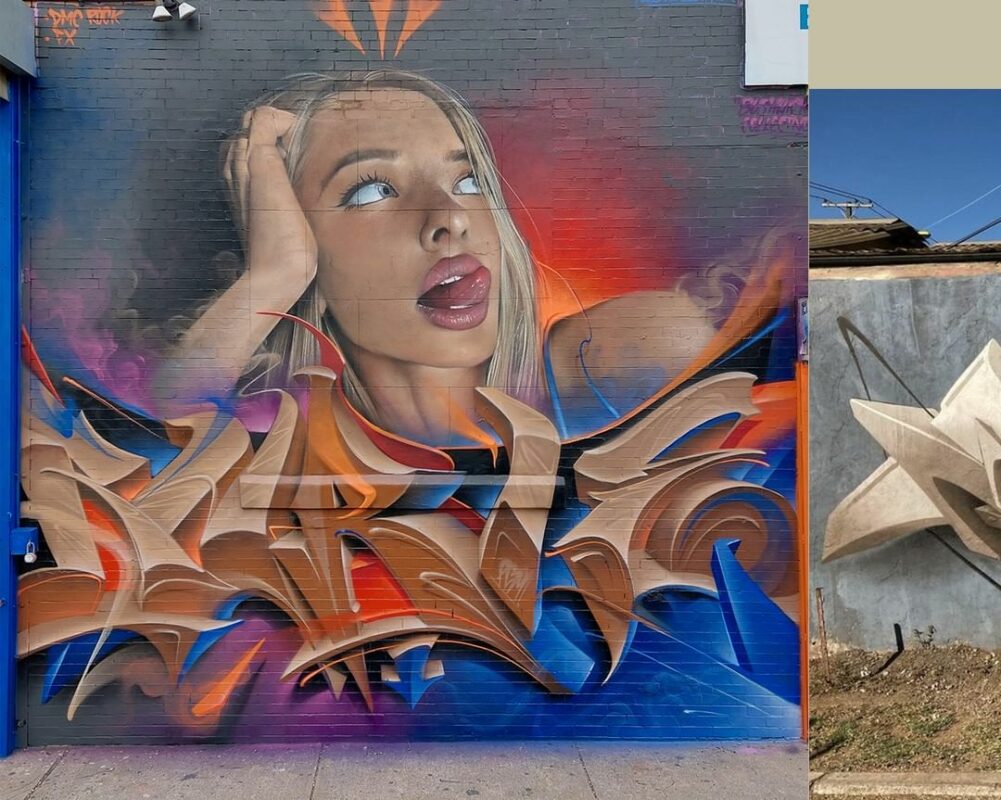
A beautiful three-dimensional graffiti exposing the unique form of art.
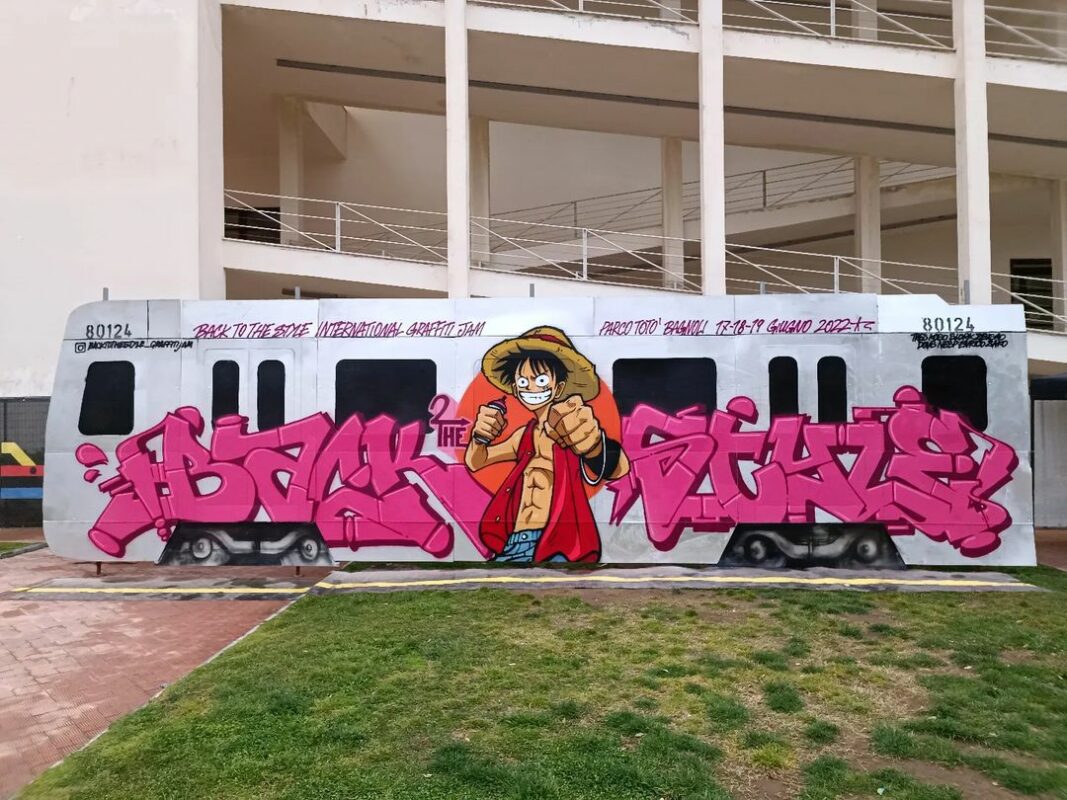
An encouraging graffiti art.
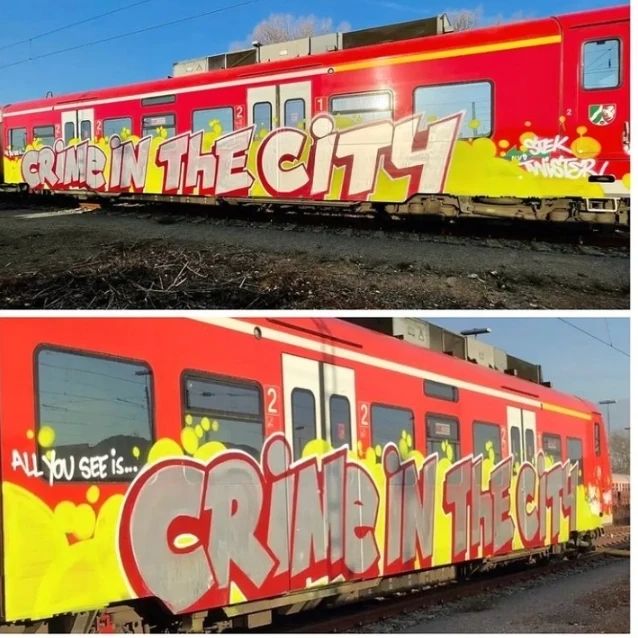
Graffiti creates awareness of the crime in the city.
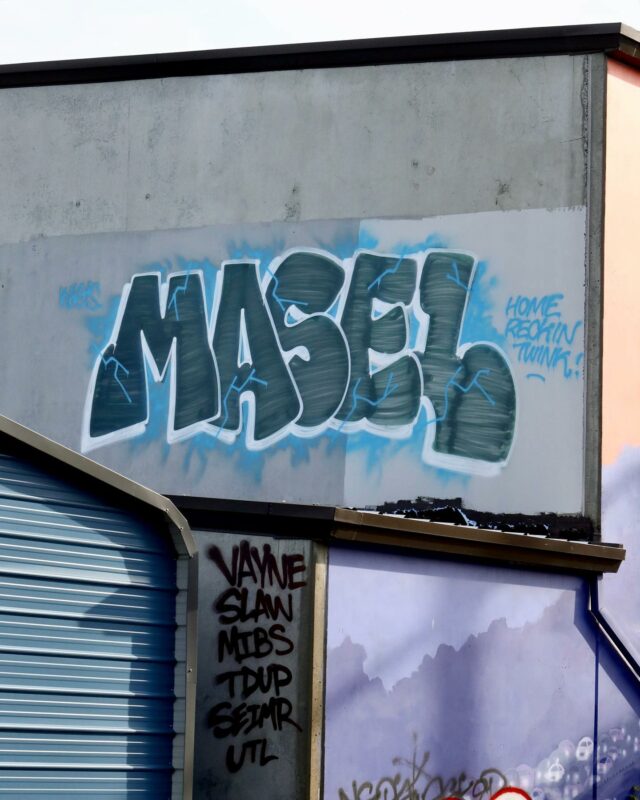
Graffiti is a form of creating a mark of one’s presence.
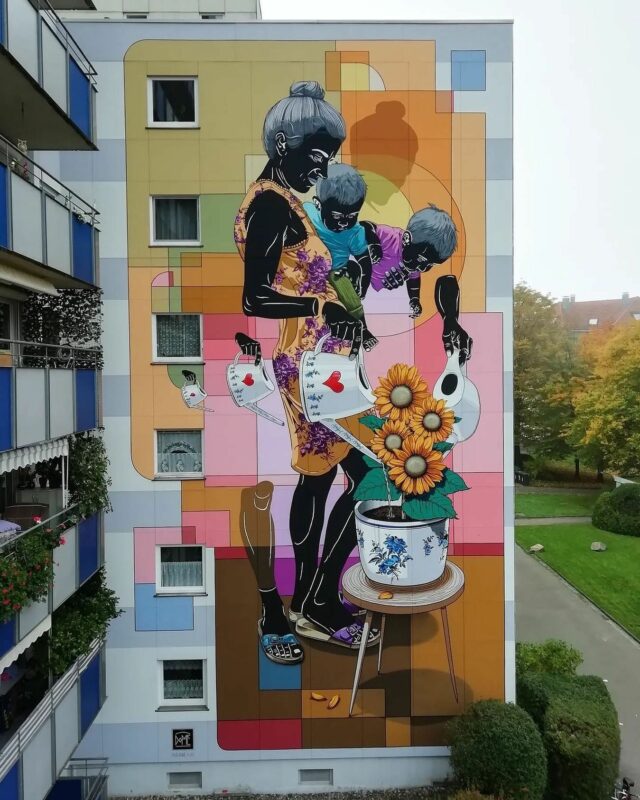
Graffiti on a building exposing the importance of motherhood and family.
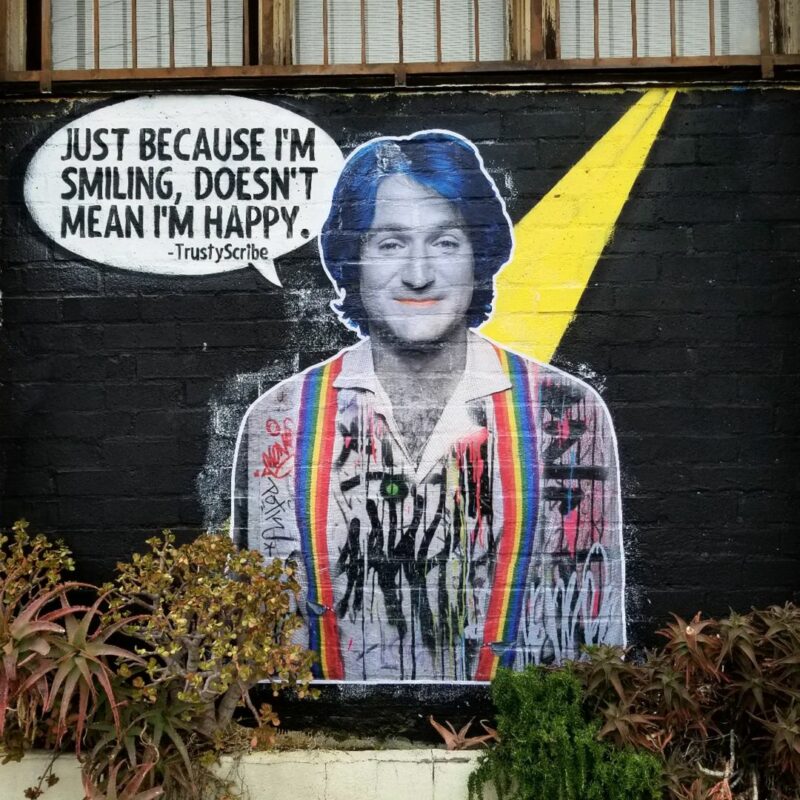
Graffiti creates awareness of mental healthcare.

A graffiti creating awareness of keeping distance during the coronavirus pandemic.
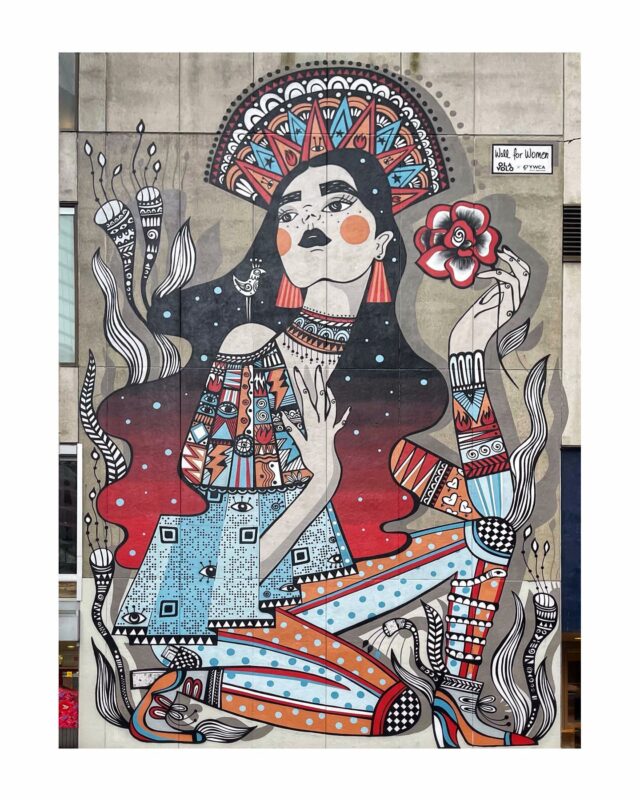
A graffiti creating awareness of intimate partner violence.
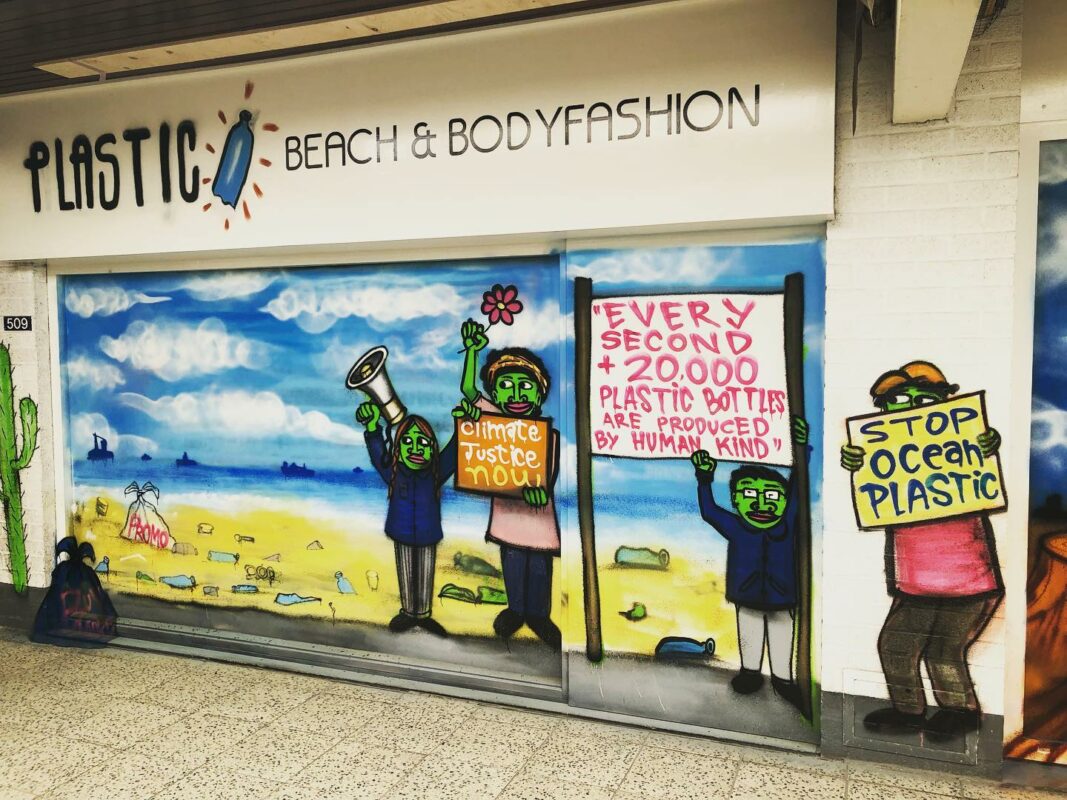
Graffiti creates awareness of sea pollution.
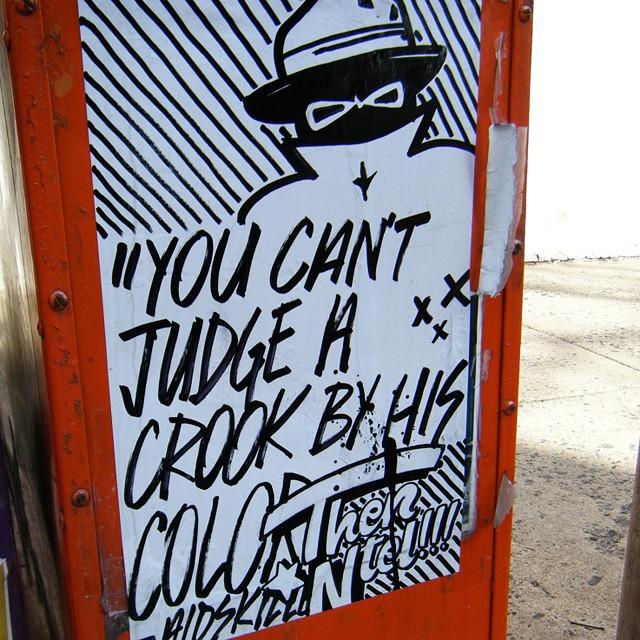
Creating awareness on racism.

Using Graffiti to create awareness of female trafficking.
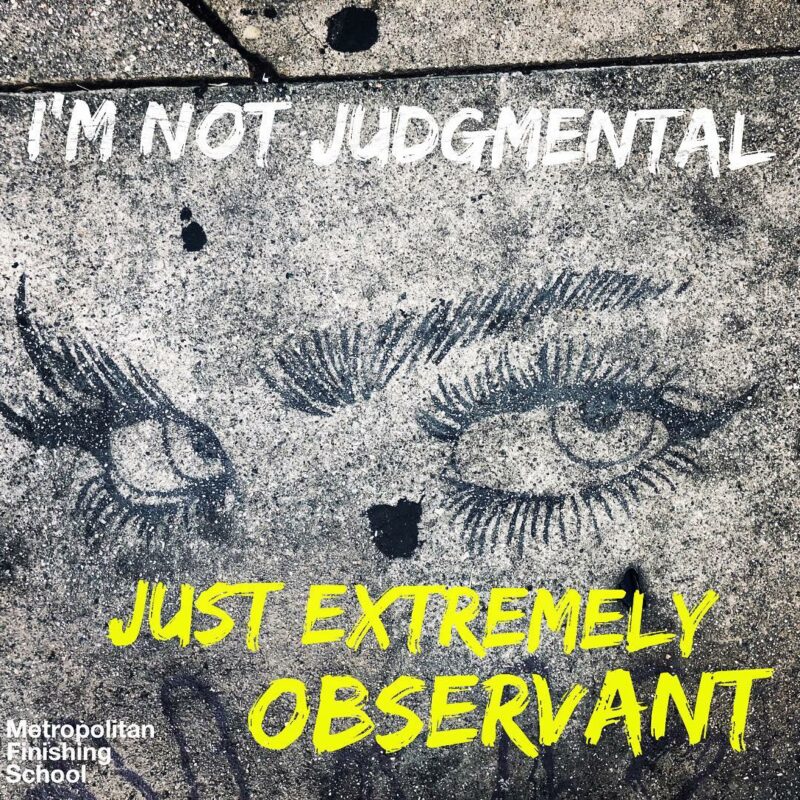
Using Graffiti to create awareness of mindfulness
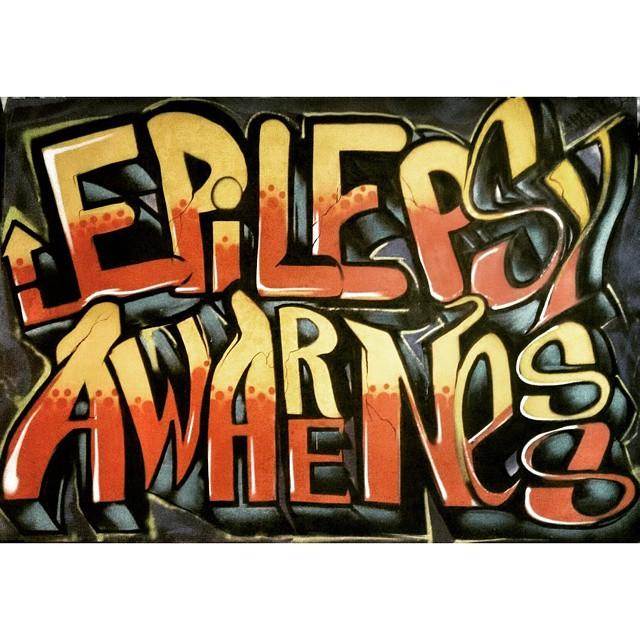
Awareness of epilepsy.
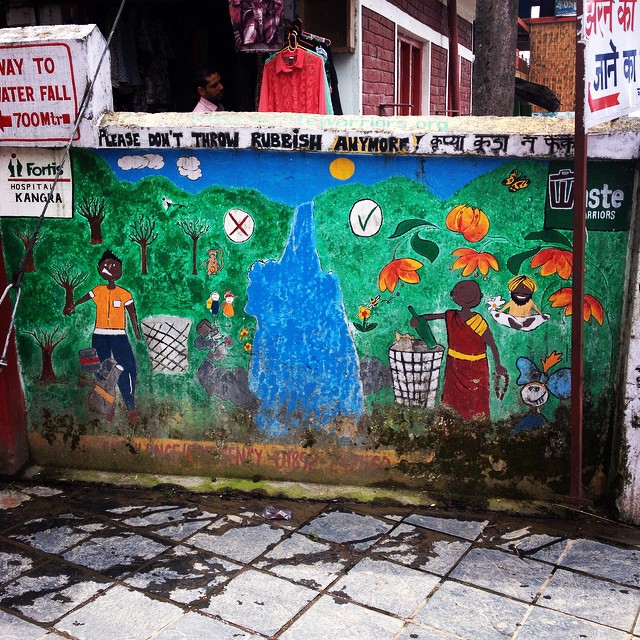
Graffiti as a means to create awareness of recycling and waste disposal.
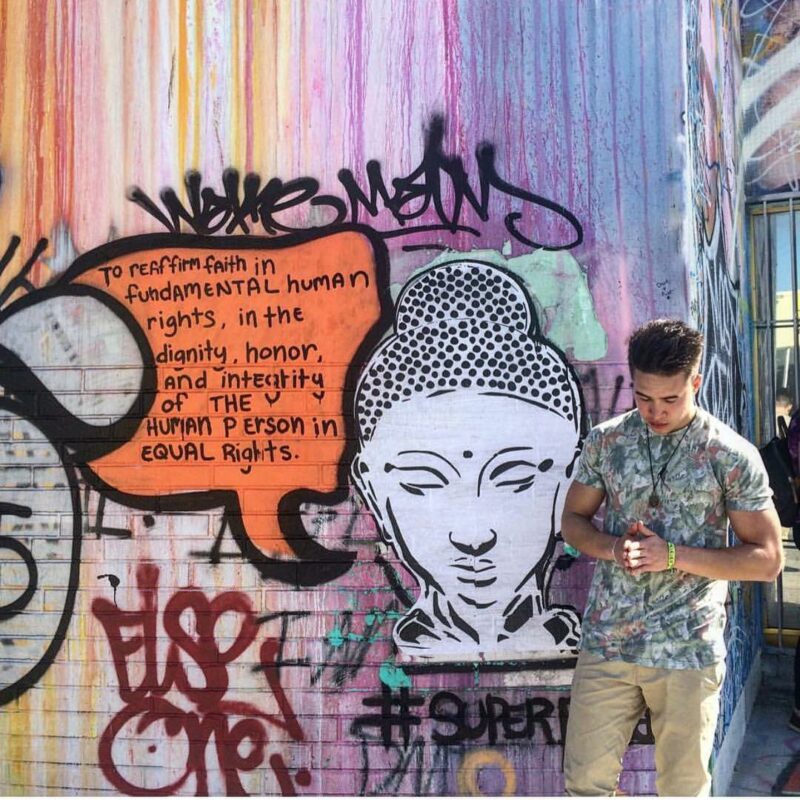
Awareness of human rights.
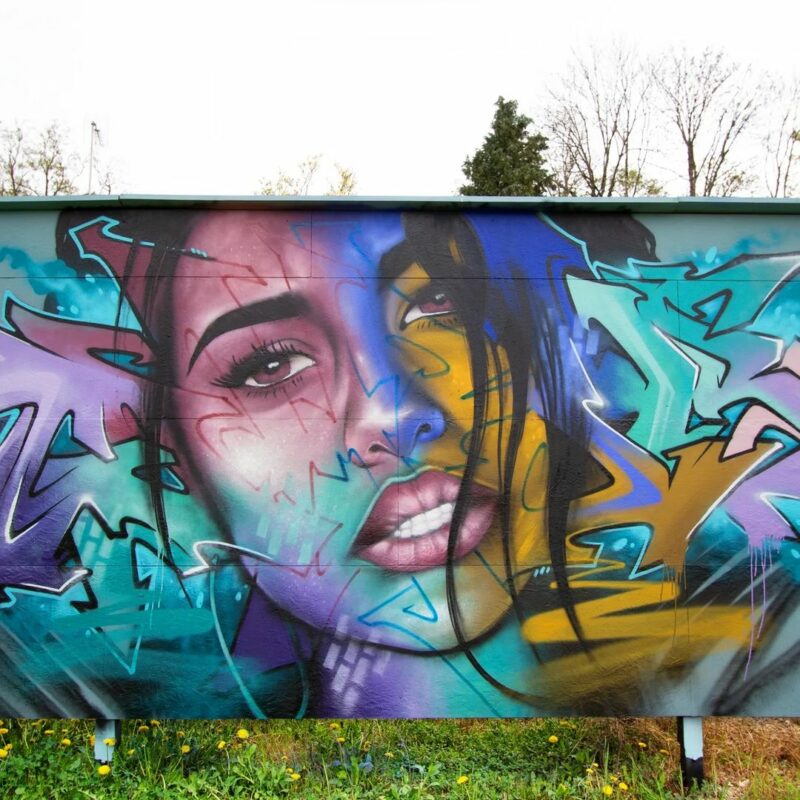
A graffiti to amplify the beauty of nature.

Highlights how older siblings are alike with parents.
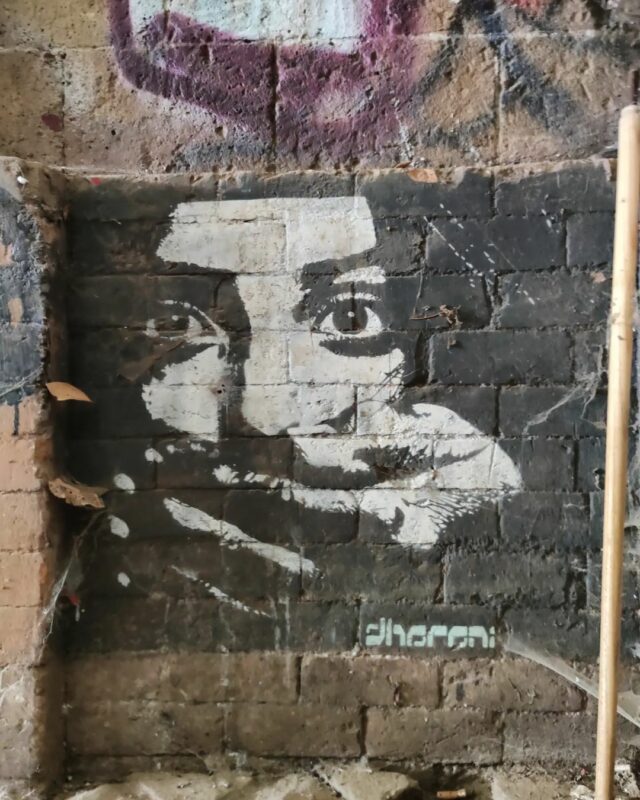
A graffiti speaking against sexual harassment.
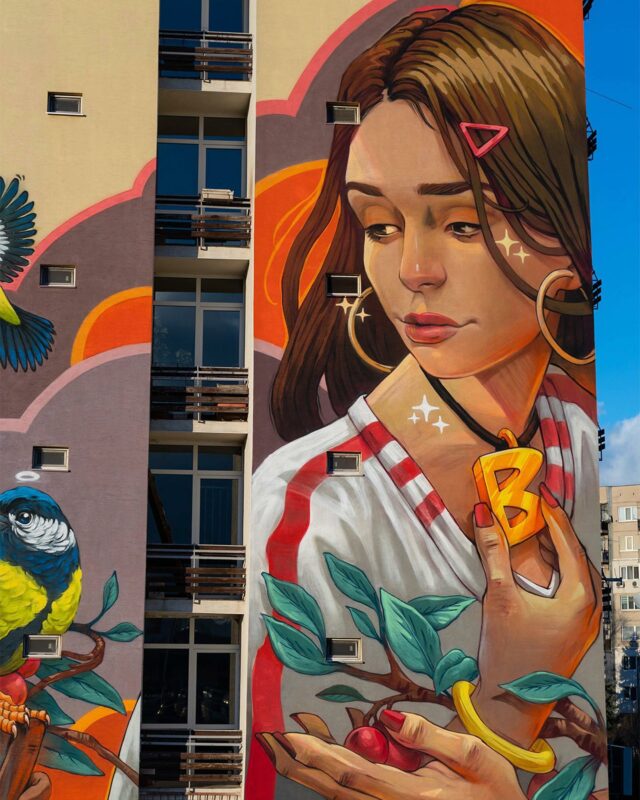
The artistic form of Graffiti exposes the communication between humans and nature.

A graffiti highlighting the beauty of love and romance.
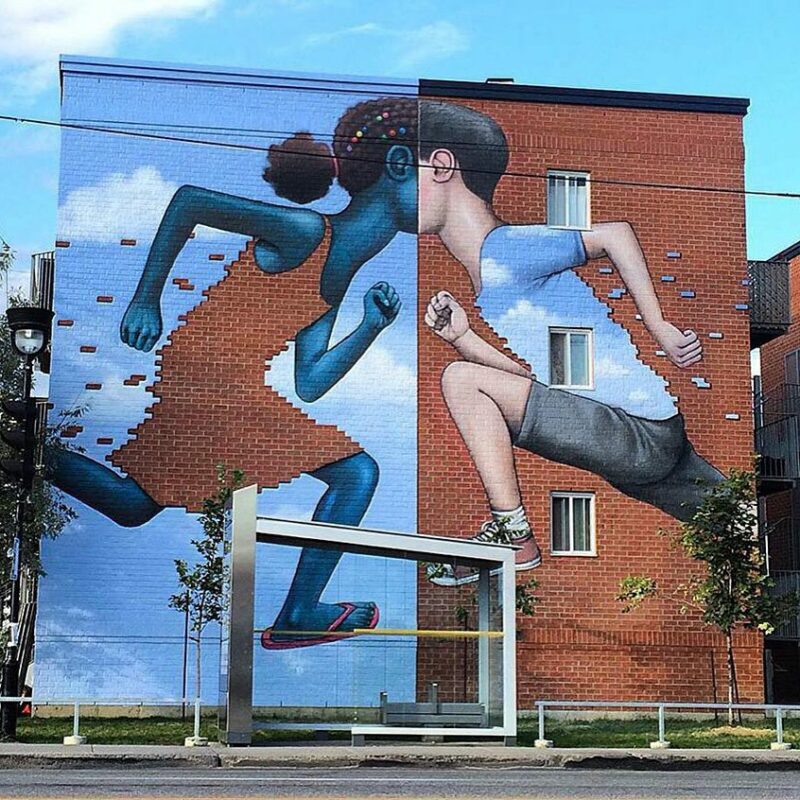
A graffiti drawing interacting with the surroundings.
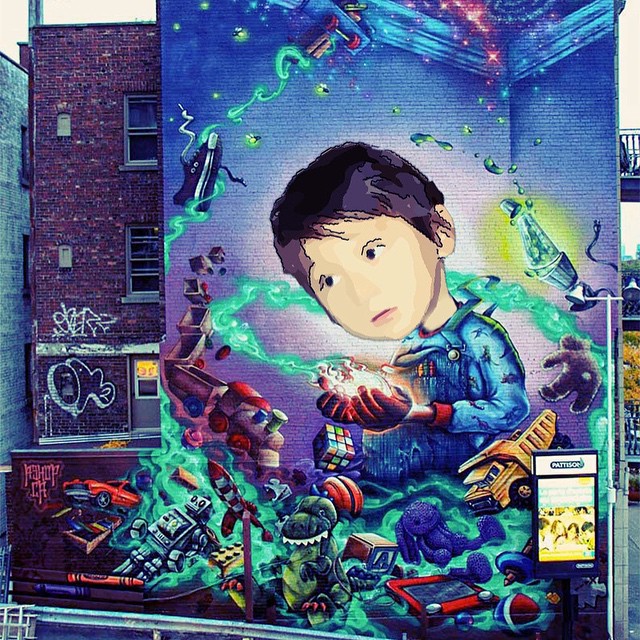
An artistic graffiti drawing.
There are two camps to whether Graffiti is vandalism or art. It is a form of art that poses lot more advantages than disadvantages. The significance of Graffiti can not be brushed aside. Sharing this knowledge would create a lot of awareness, and soon, the good more than the bad will be highlighted.

